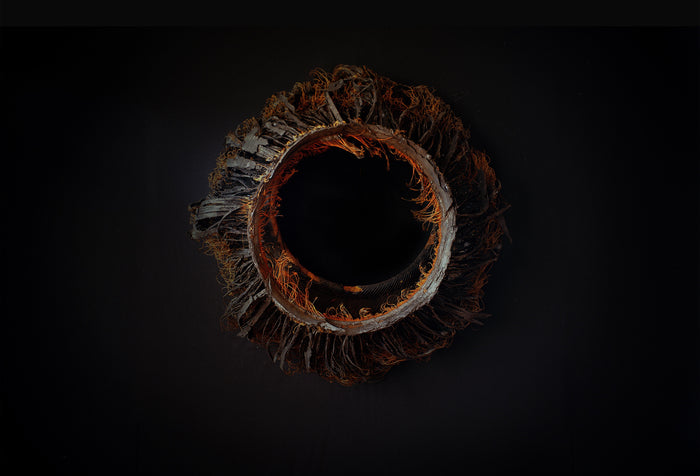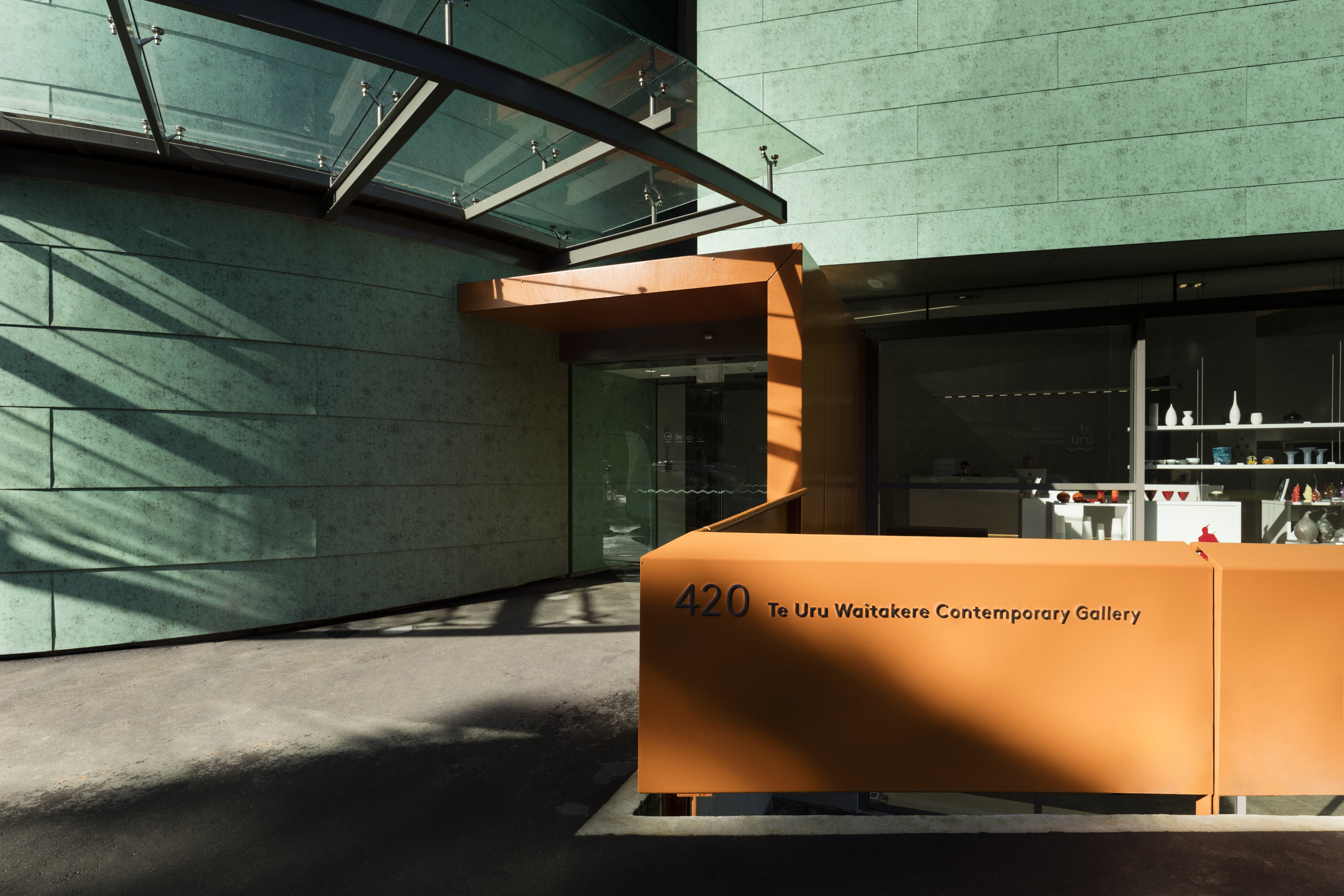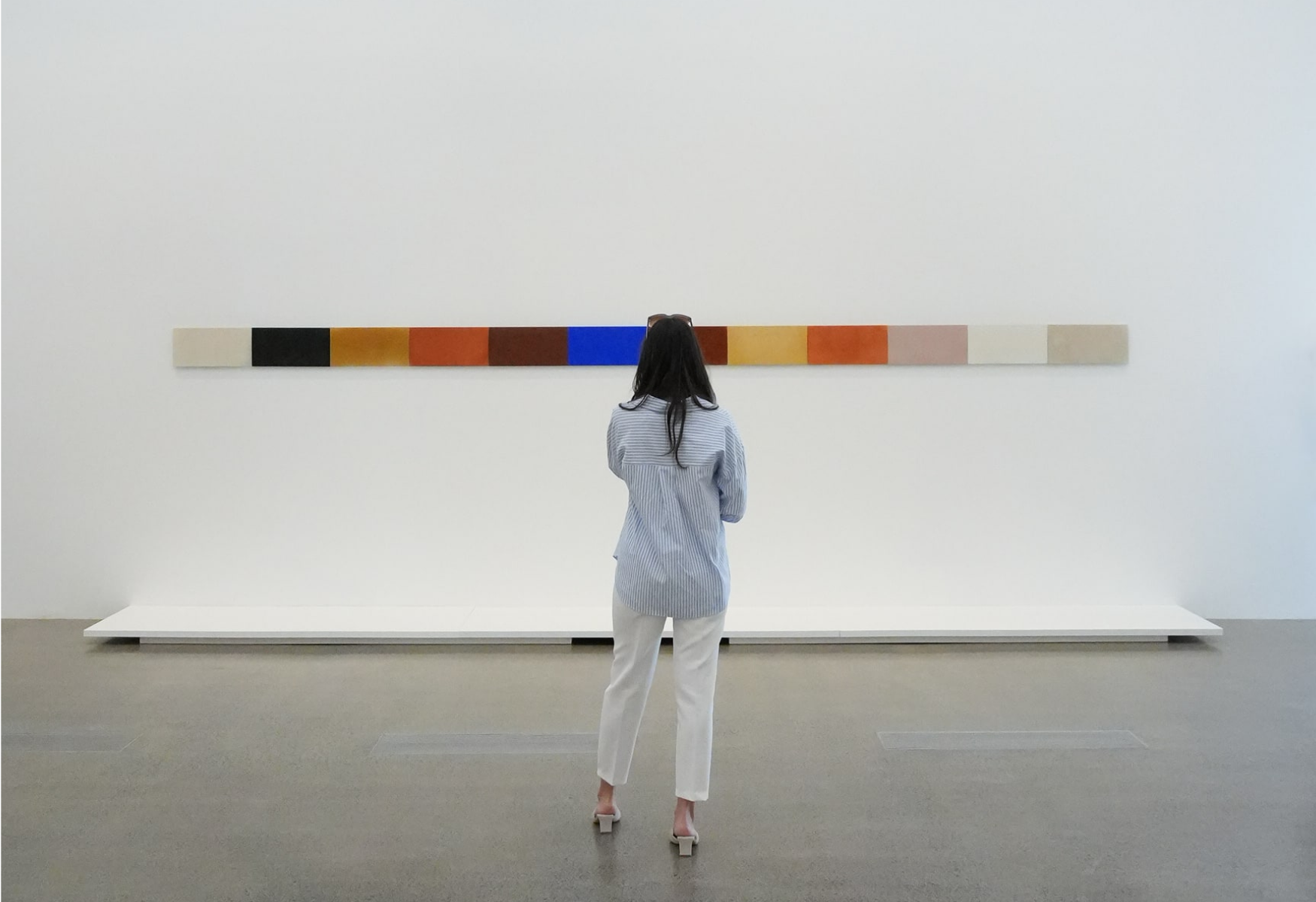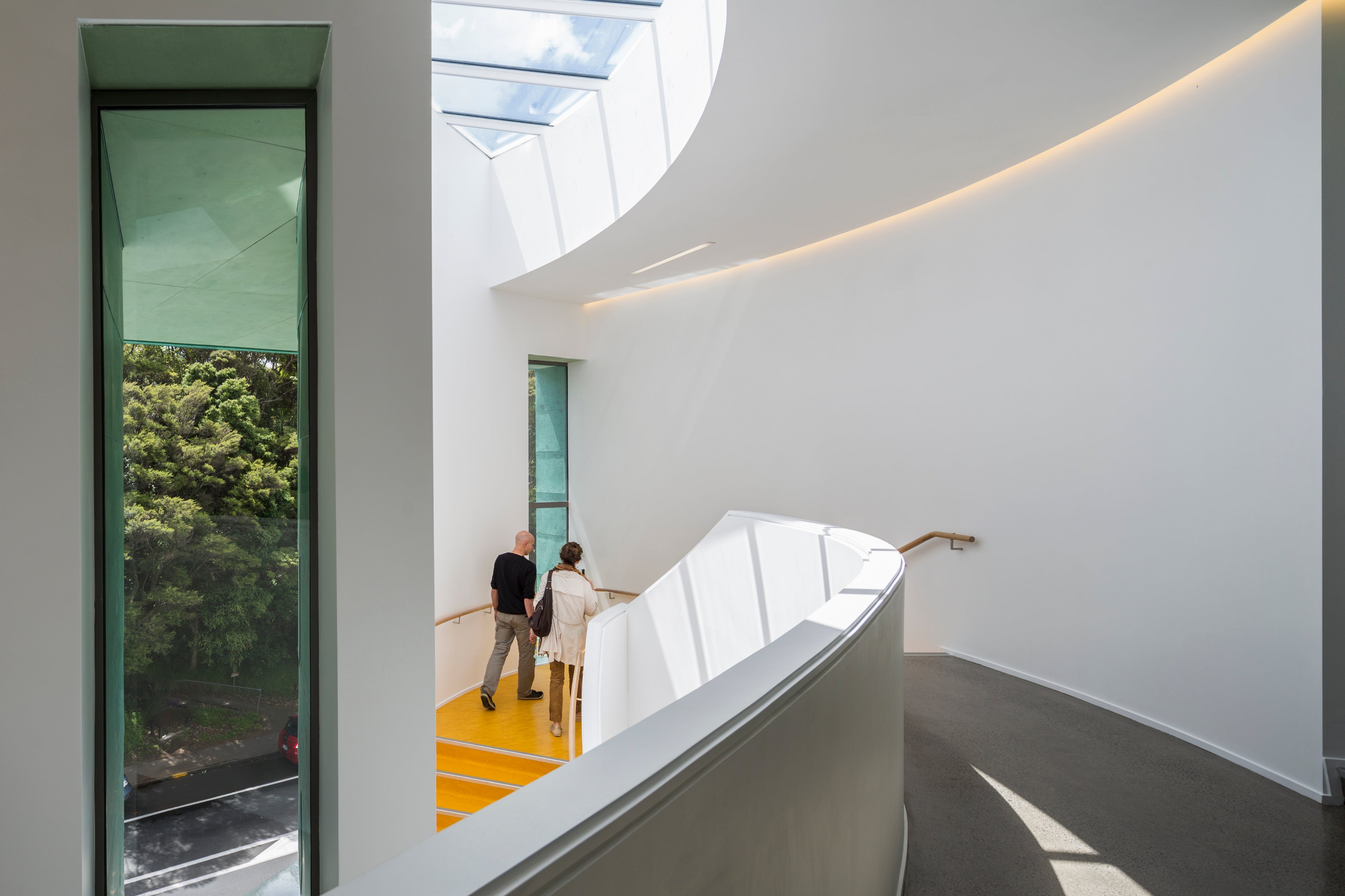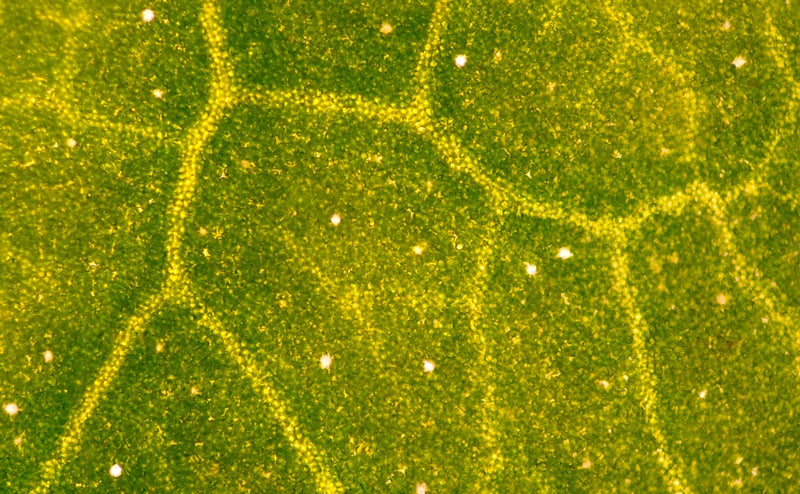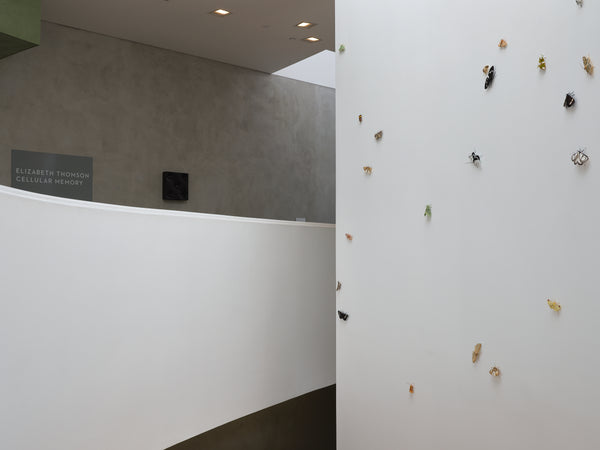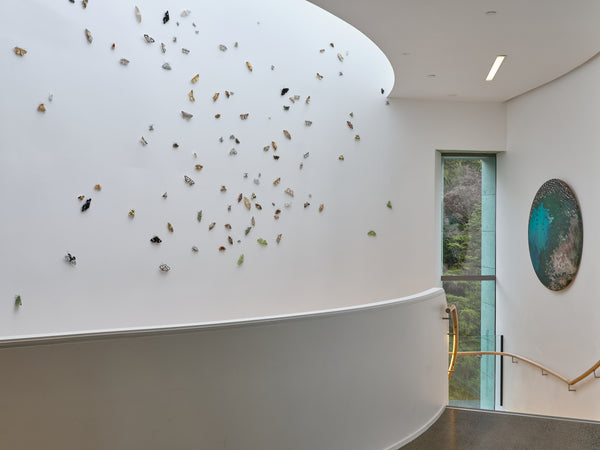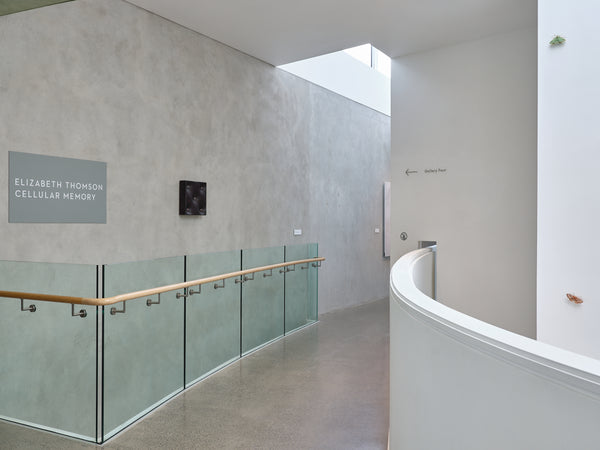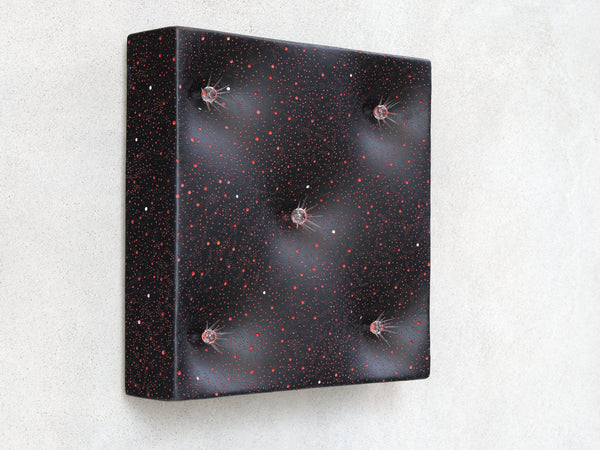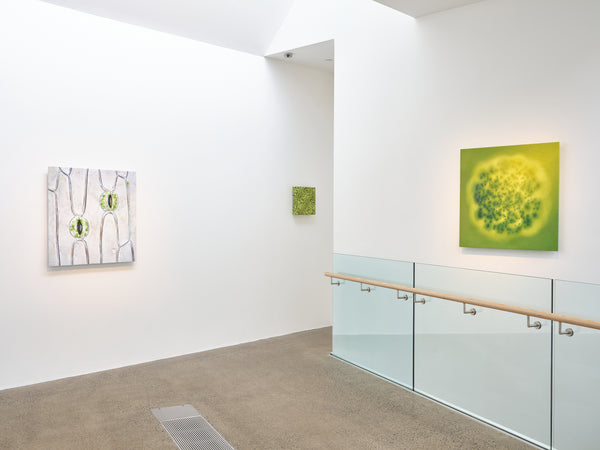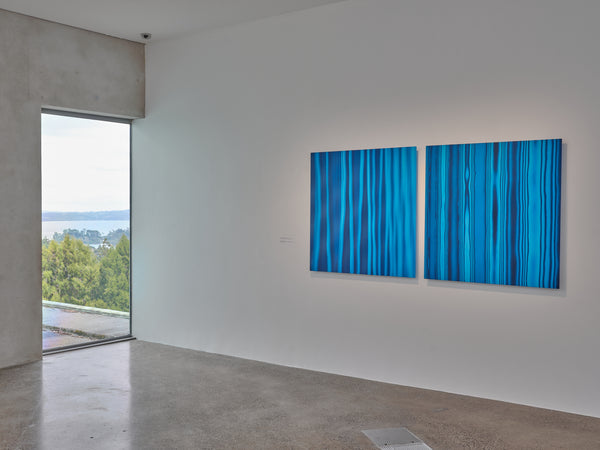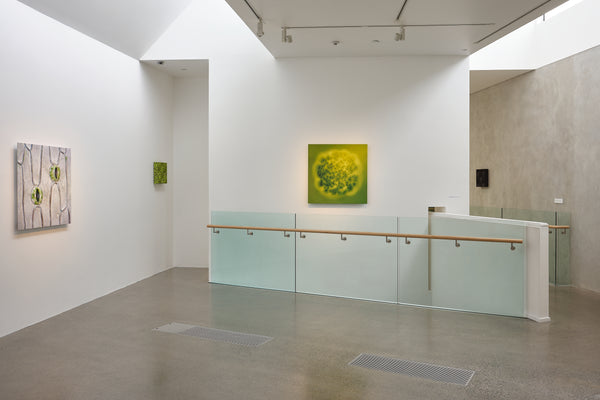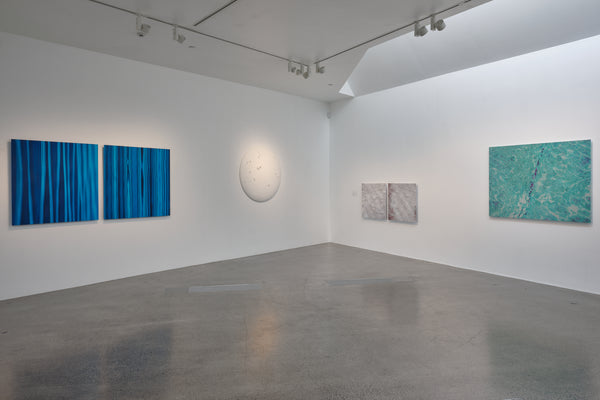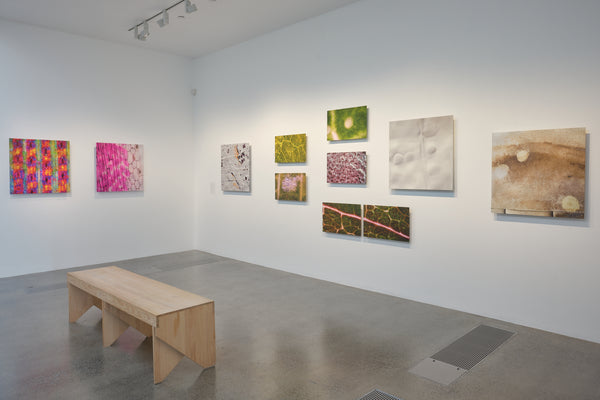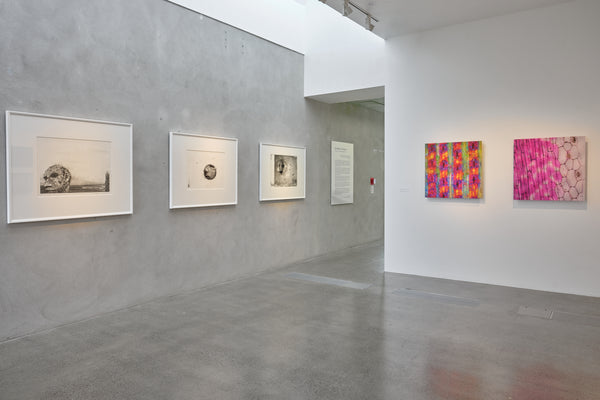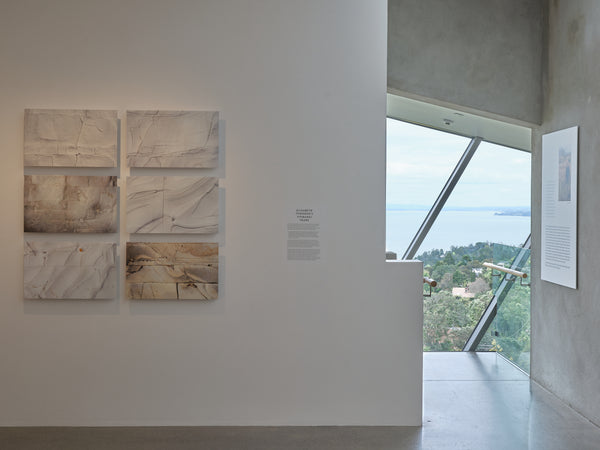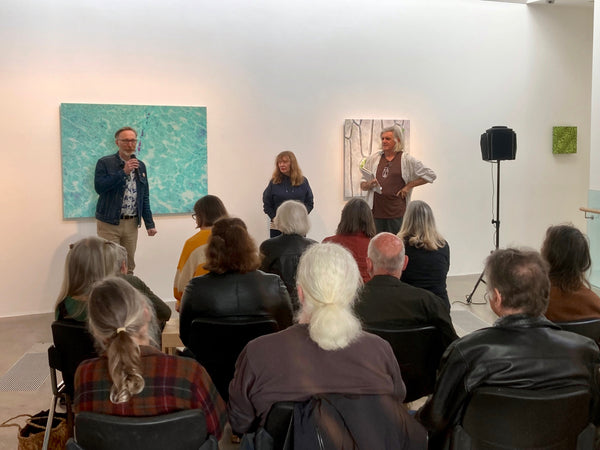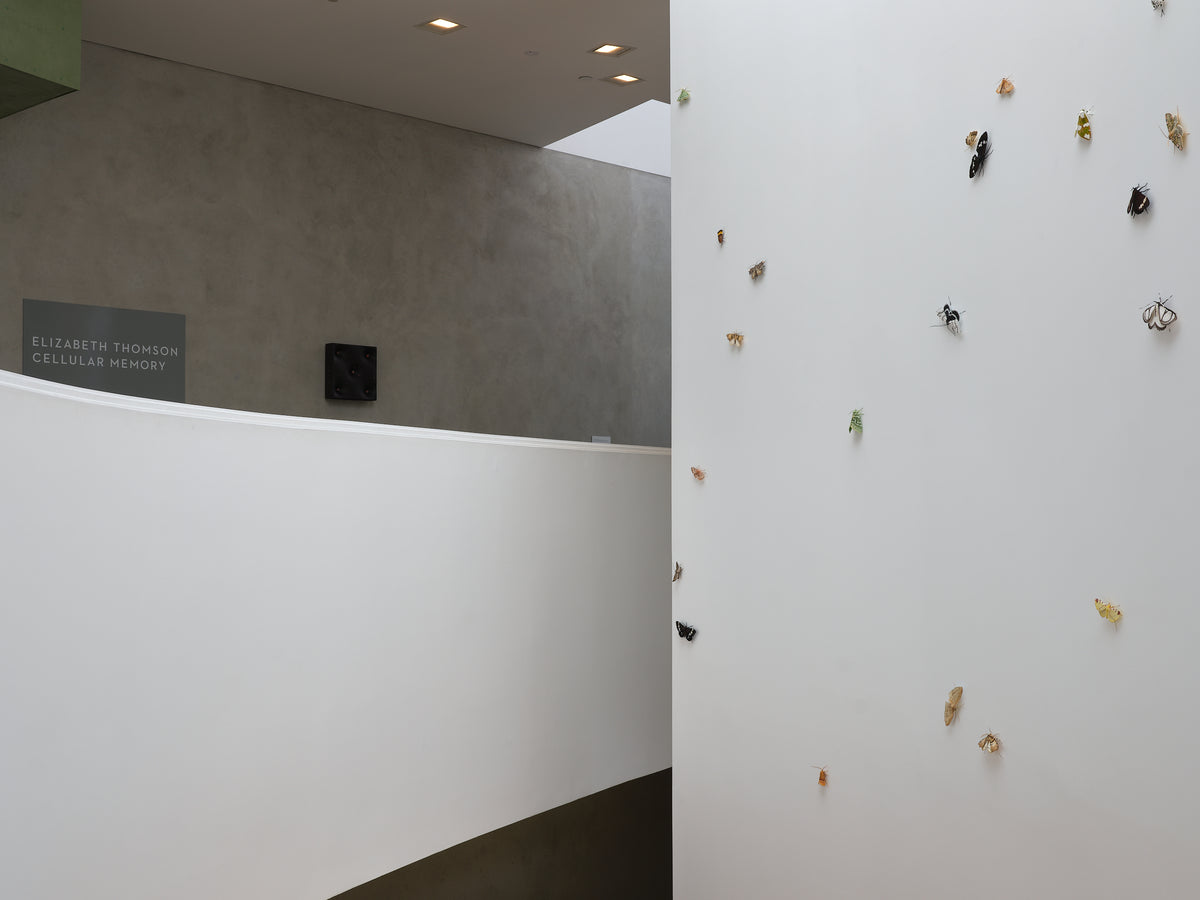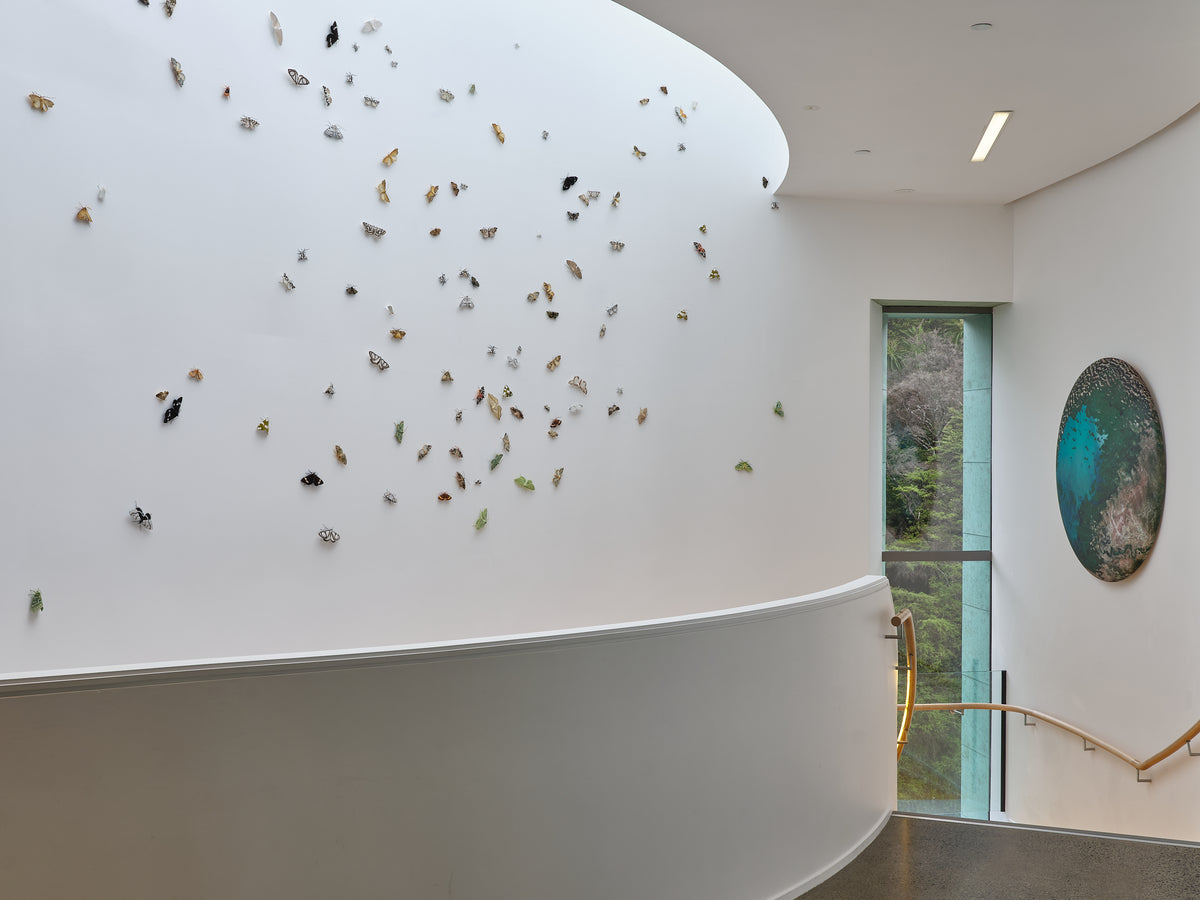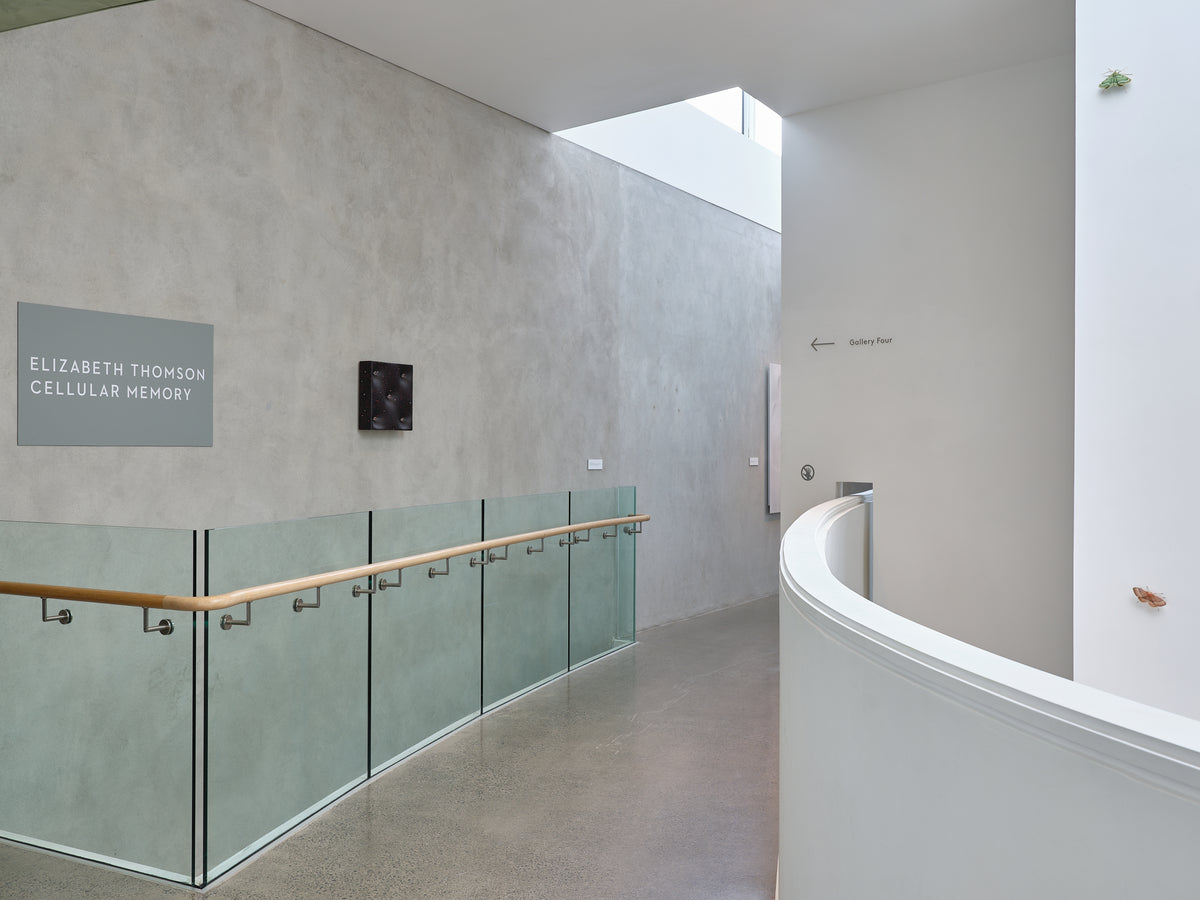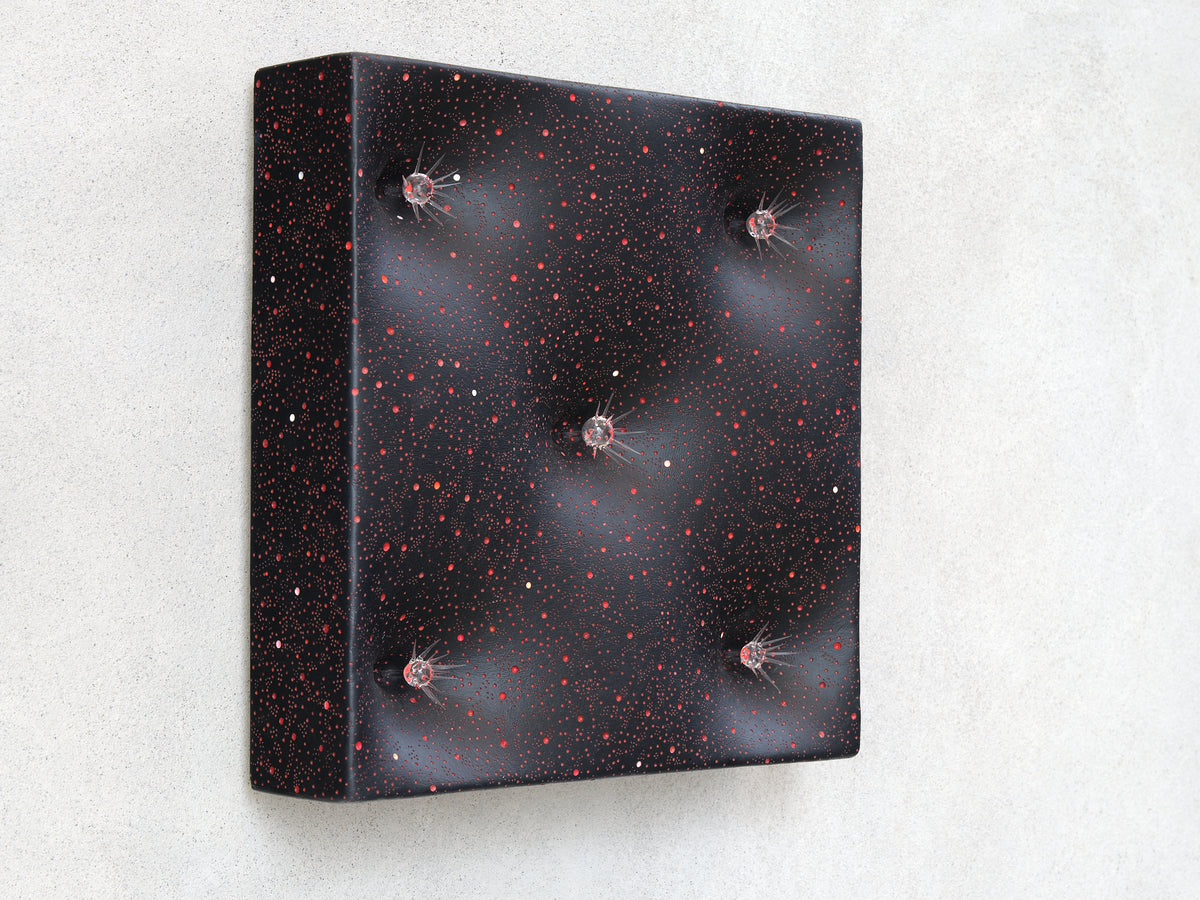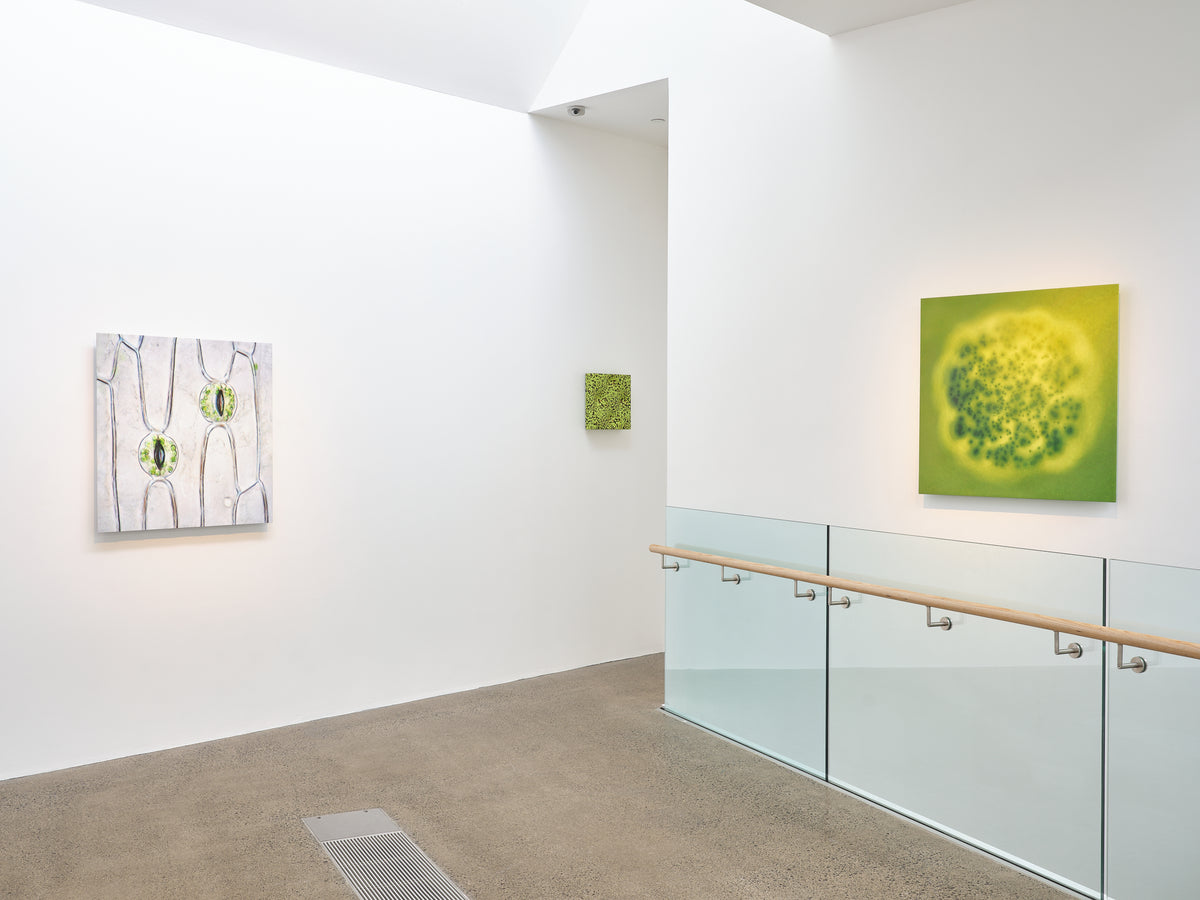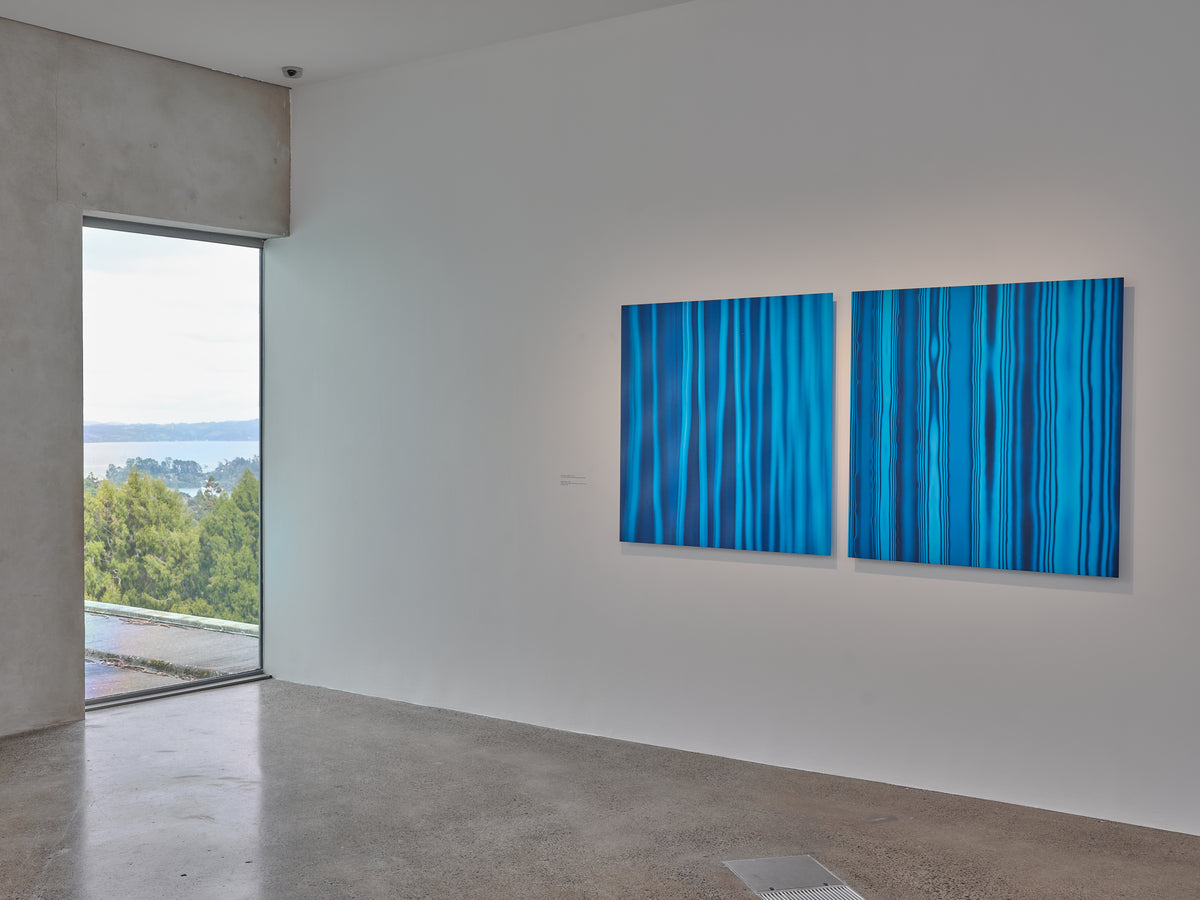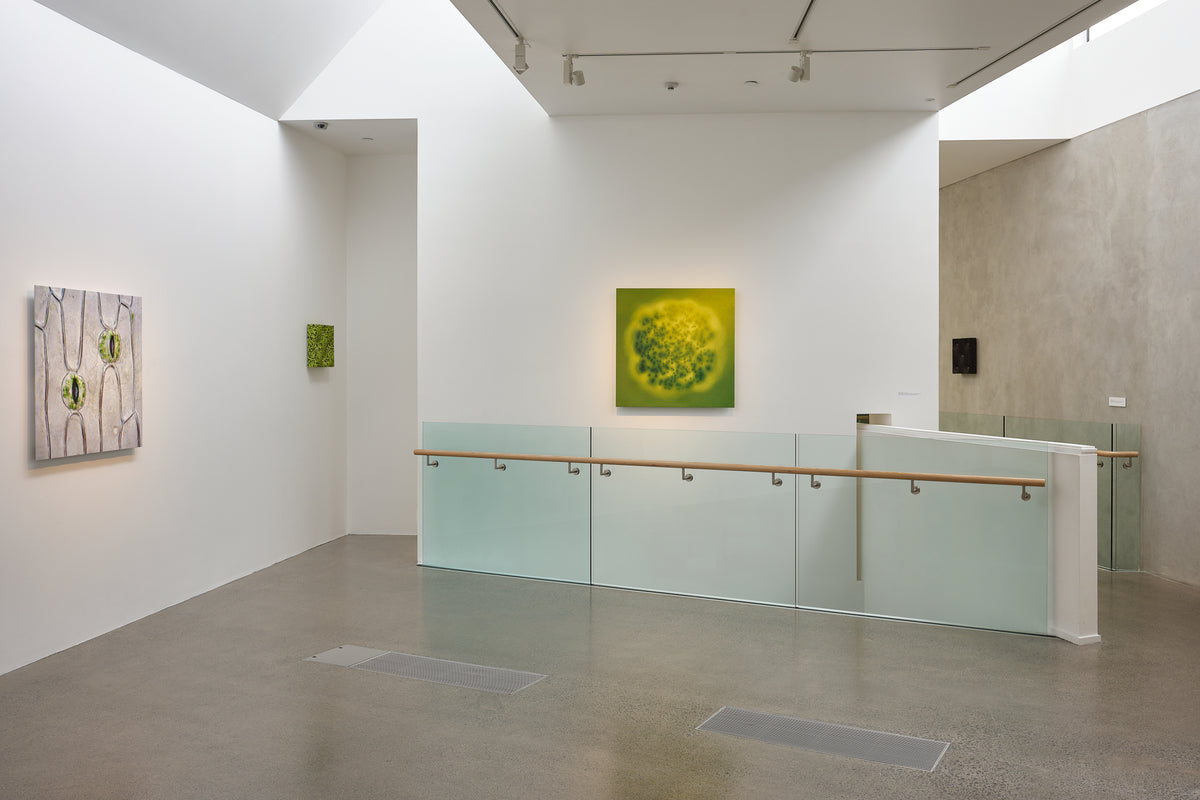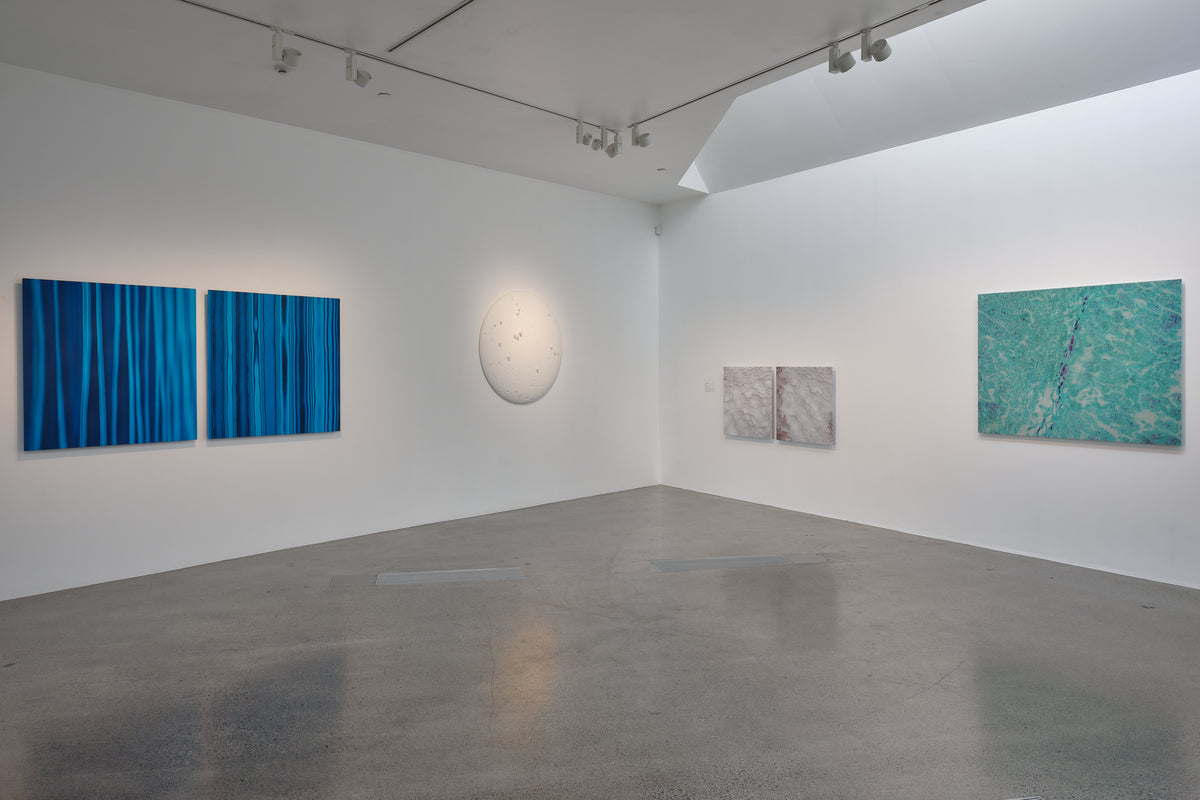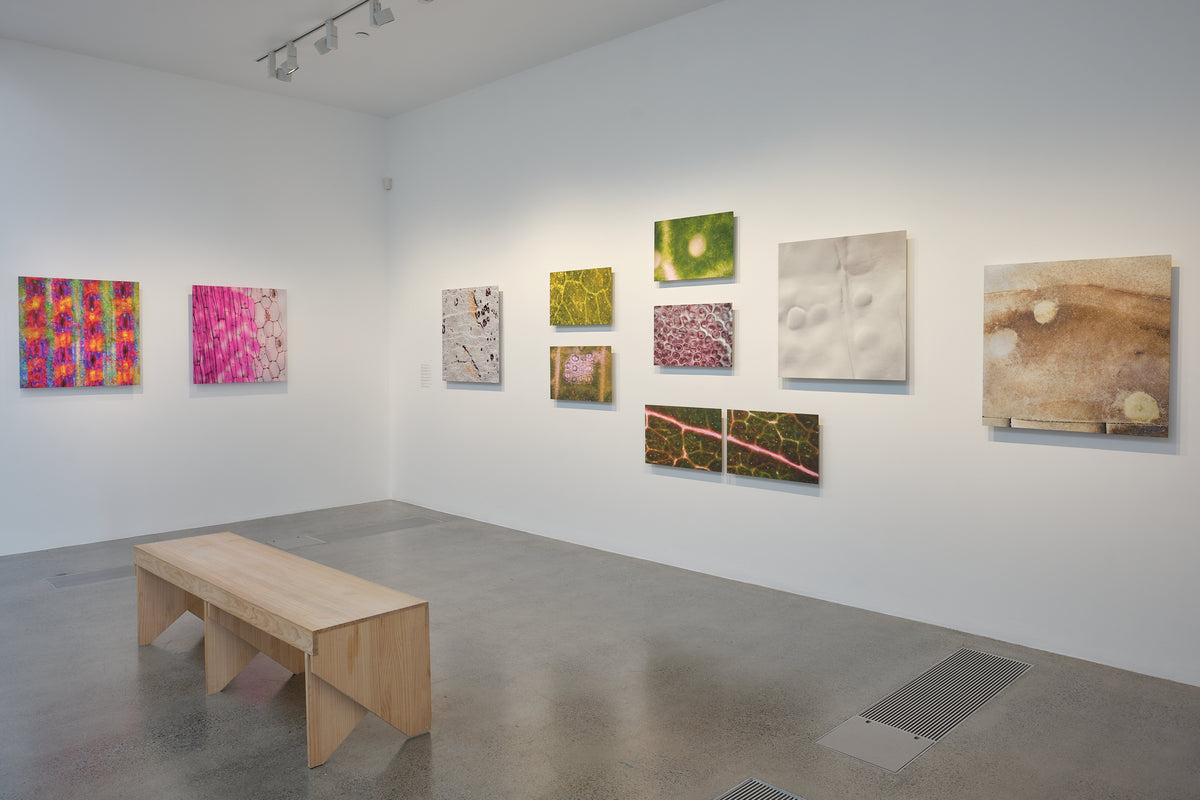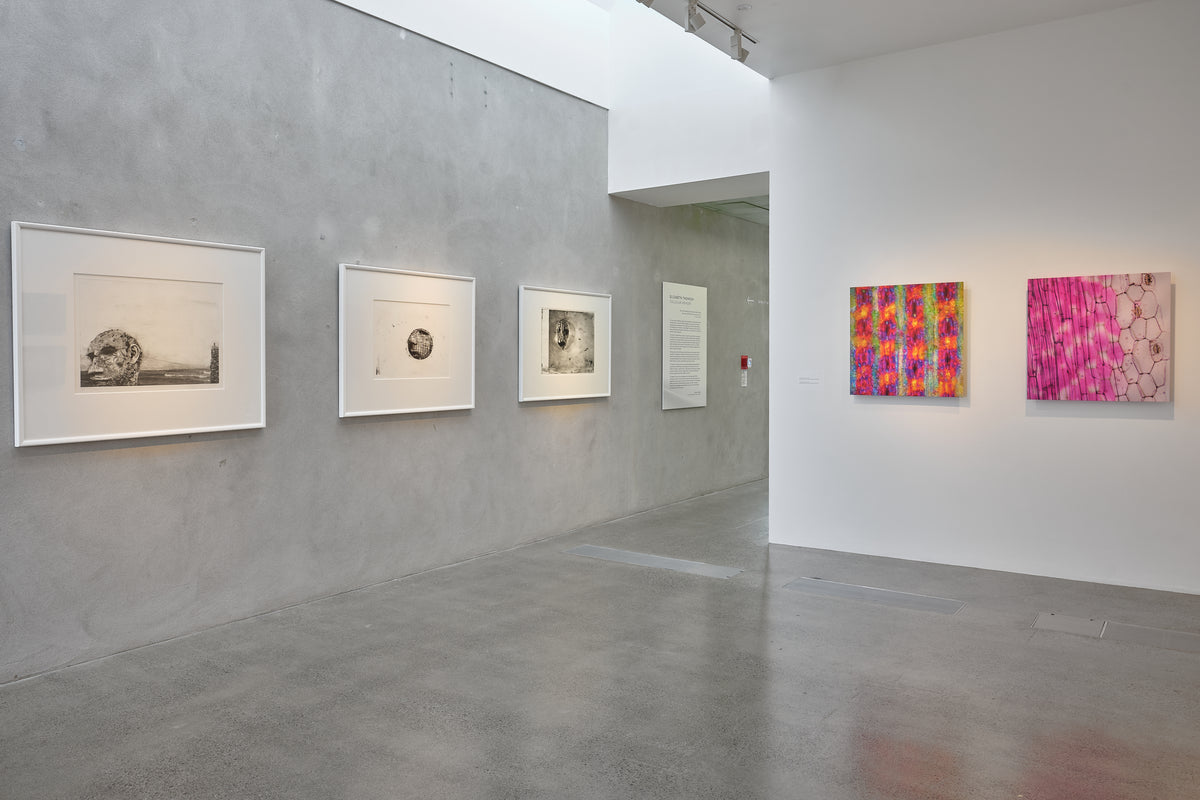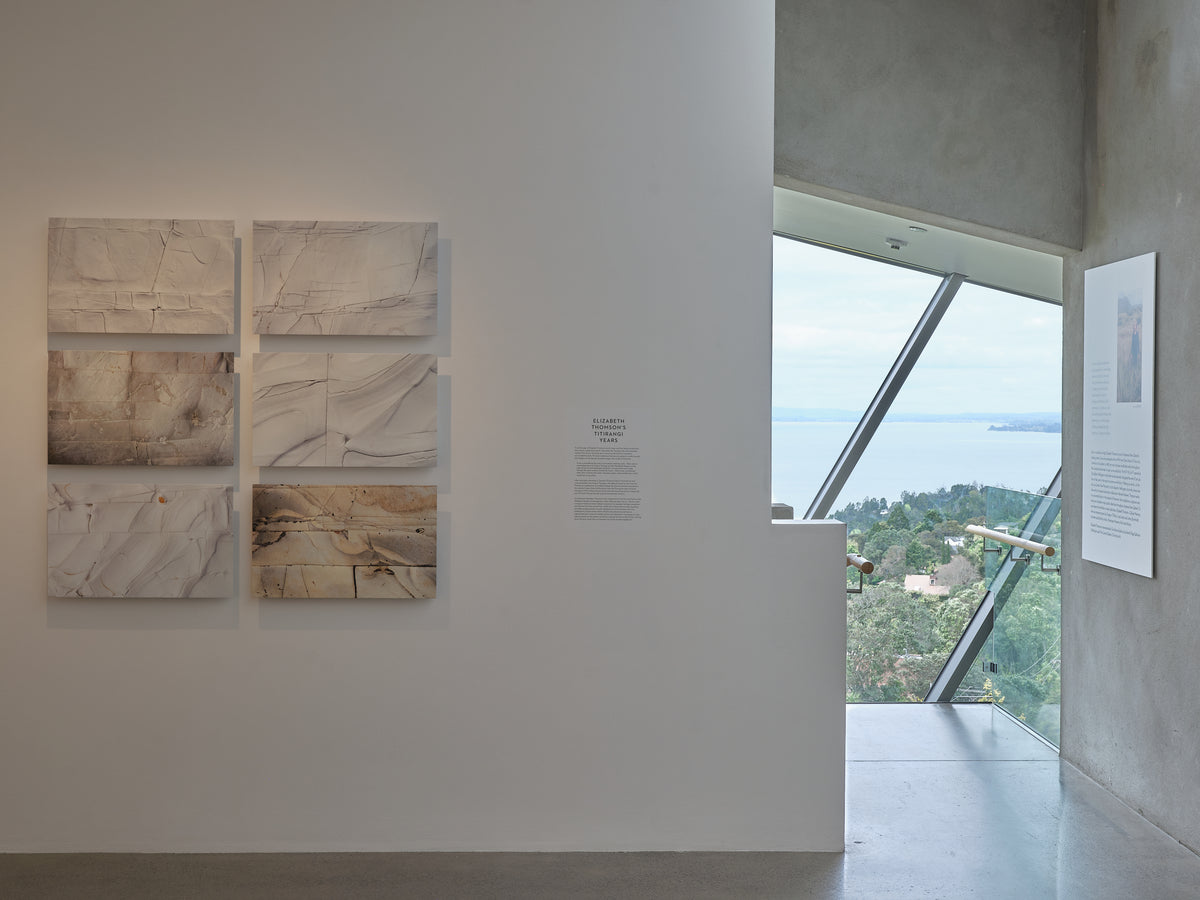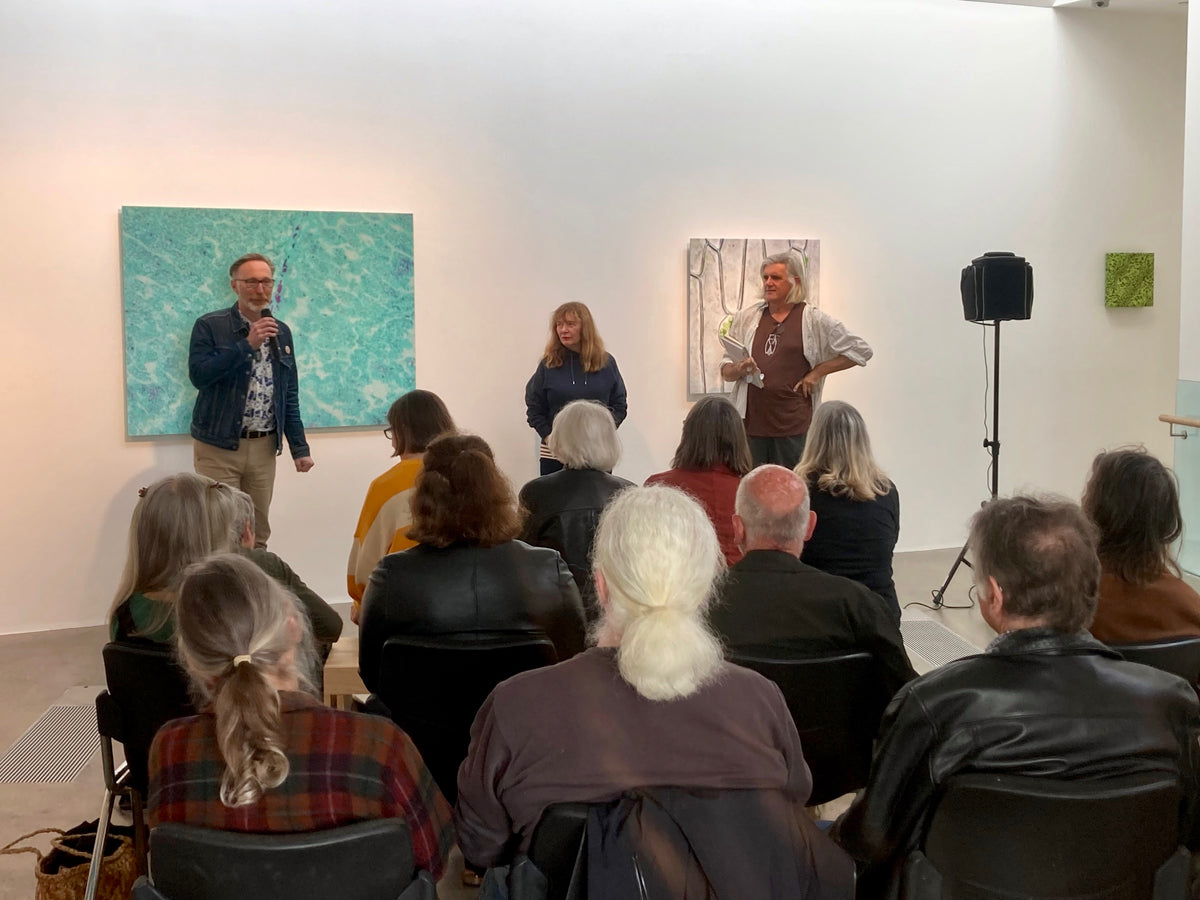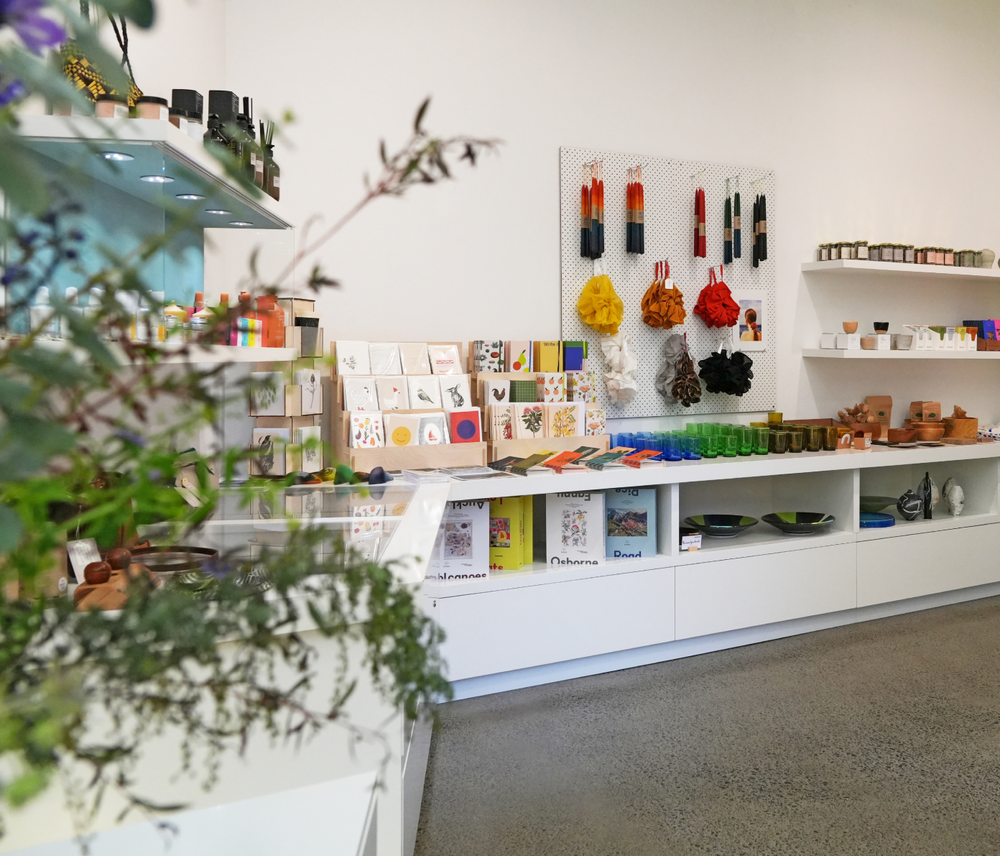Elizabeth Thomson: Cellular memory
Time and location
24 September - 04 December 2022
Harking back to her childhood memories of growing up on the fringes of the Waitākere Ranges, Cellular memory gathers works by artist Elizabeth Thomson that take inspiration from the natural environment surrounding Te Uru—remembered by Thomson as breath-takingly beautiful and, at the same time, more than a little unsettling. Drawing on details of plant-life as well as broader vistas, Thomson’s works, across a variety of media, are shaped by the energies, forms and patterns of Titirangi and the adjacent harbour and bush.For over three decades, Elizabeth Thomson’s art has engaged with issues to do with science, imagination, culture and, increasingly, what it means to live in Aotearoa/New Zealand in the 21st century. Her works attest to a life-long commitment to grappling with natural and human histories, fuelled by poetic imagination as well as assiduous research, field-work and long hours in the studio. The resulting works ask fundamental questions: How does humanity fit within the broader realm of nature? And to what extent are we a part of, or distinct from, our environment? Elizabeth Thomson (born 1955, Auckland) graduated with an MFA from Elam School of Fine Arts, University of Auckland, in 1989. Since then her work has been exhibited widely throughout New Zealand and abroad. A major survey exhibition, My hi-fi my sci-fi opened at City Gallery Wellington in 2006 then toured nationally. Alongside the work of Len Lye, her art featured in the major two-person exhibition, Waking up slowly, at the Len Lye Centre, New Plymouth, in 2018. Based in Wellington since 1991, she works in a converted factory in the suburb of Newtown. Thomson is represented by Two Rooms Gallery (Auckland), Page Galleries (Wellington) and The Central Gallery (Christchurch).Cellular memory is a touring exhibition, curated by Gregory O’Brien. This presentation at Te Uru is kindly supported by Two Rooms.Image: Elizabeth Thomson, My Titirangi Years, Titirangi from above (detail), 2018

